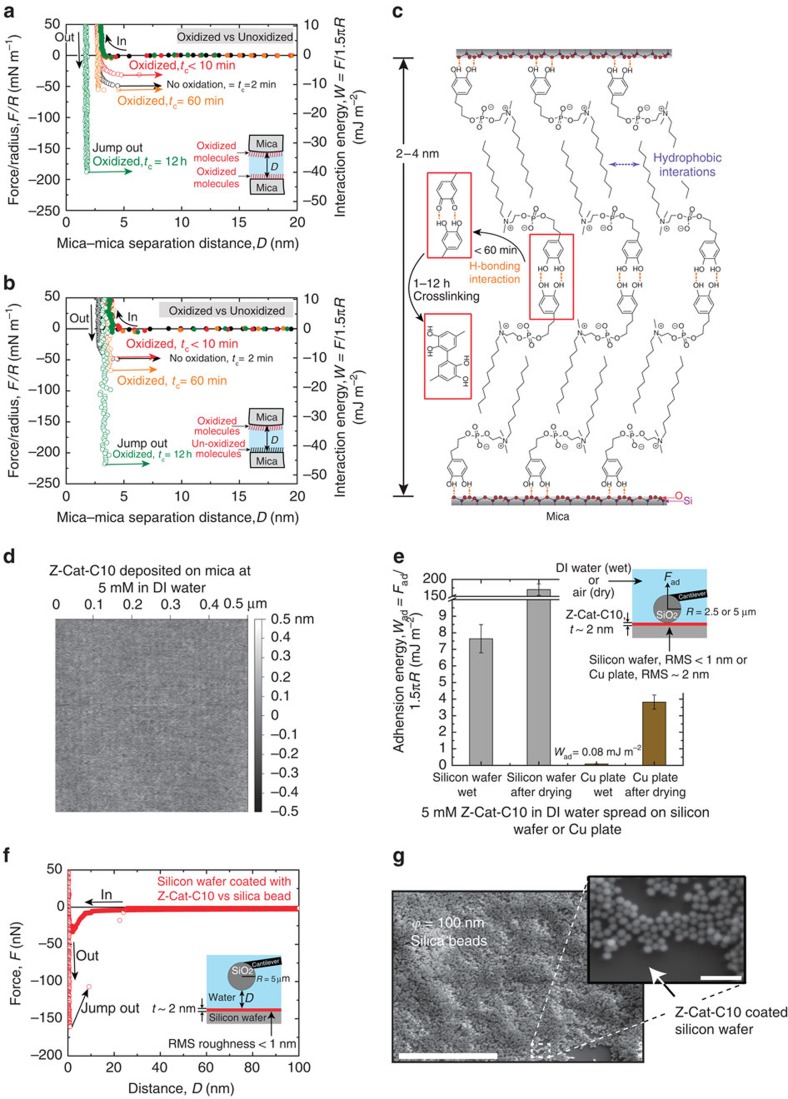Figure 4. Atomically smooth and thin nano-adhesives from mfp-mimetic zwitterion.
(a,b) Representative force versus (vs) distance plots of symmetric (a) and asymmetric (b) periodate oxidized Z-Cat-C10 films on mica. Before periodate, the work of adhesion Wad did not change for contact times (tc) from 2 min to 12 h (black). After oxidation with periodate (250 pmoles), tc≤10 min (red points), tc=60 min (orange) and tc=12 h (green). Filled and open circles represent the forces measured during approach and separation of the surfaces, respectively. (c) Cartoon of the two self-assembled nano-glue layers (upper and lower, respectively) and the interface. (d) AFM image of atomically smooth adhesive layer formed from 5 mM Z-Cat-C10 on mica (the layer on SiO2 and CuO2/Cu(OH)2 shown in Supplementary Figs 15 and 16, respectively). (e) Adhesion energy (Wad=Fad/1.5πR) of the nano-glue from Z-Cat-C10 measured on silicon wafer and copper plate, where adhesion force Fad (minimum of the potential well of the F versus D curves obtained from AFM measurements) and R (radius of silicon dioxide probe). (f) Representative force versus distance plots of the nano-glue from 5 mM Z-Cat-C10 in AFM. (g) SEM image of underwater glued nano silica beads (φ=100 nm) on silicon wafer by the nano-glue from 5 mM Z-Cat-C10. The error bars indicate s.d.'s (n=5, independent experiments). Scale bar, 500 μm; inset scale bar, 500 nm. DI, deionized.

